What is the Best Time to Start Planning Your Garden?
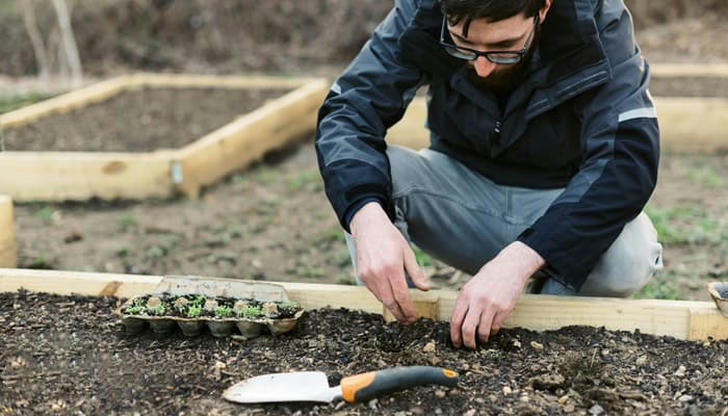
Every year, home gardeners contemplate when to begin a garden. The initial indications of spring ignite enthusiasm for the upcoming growing season, yet it may take weeks or months before it's the right moment to start.
Sowing too soon can lead to problems, but so can doing it too late. The opportunity timeframe differs depending on your location and vegetation.
How to Know When to Start A Garden?
The best time to start a garden is influenced by a combination of environmental, plant-specific, and geographical factors. Here's a detailed look at these factors:
1. Environmental Factors

Climate and Seasonal Changes
Gardening is heavily influenced by the seasons, each conducive to different types of plants. Spring is traditionally viewed as the most favorable time to start a garden, as temperatures rise and the frost thaws.
Temperature
- Early Spring (March to April): Suitable for hardy vegetables such as peas, spinach, and kale
- Late Spring (May to June): Ideal for frost-sensitive crops like tomatoes, peppers, and beans
Frost Dates
Being aware of the last frost date in spring and the first frost date in fall is essential for planning when to sow seeds and transplant seedlings. Frost dates vary by region; consult local agricultural extensions or online gardening resources to find information tailored to your state.
2. Plant-Specific Factors
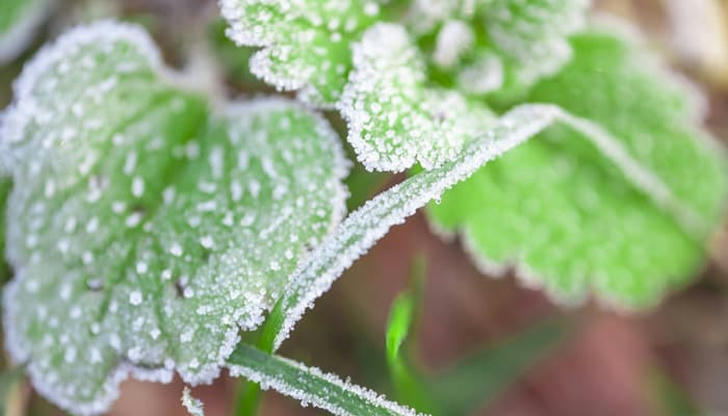
- Early Season Plants: Frost-tolerant plants can be sown as soon as the ground is workable
- Late Season Plants: Can be started later in the season, leveraging extended warmth
- Cool-Season Crops: Peas, lettuce, and broccoli can be planted in early spring or late summer
- Warm-Season Crops: Tomatoes, peppers, and cucumbers should be planted after the last frost date
Vegetation that Flourishes in Frigid Water
If you're excited to begin growing vegetables in spring but reside in a colder region, select some early spring plants that can endure frost and sprout in cooler soil:
- Radish vegetables
- Leafy green vegetable
- Spinach
- Swiss chard
- Broccoli
- Beans
Containers and pots offer greater flexibility as they can be moved indoors if a late frost occurs.
Fruits Vs Vegetables
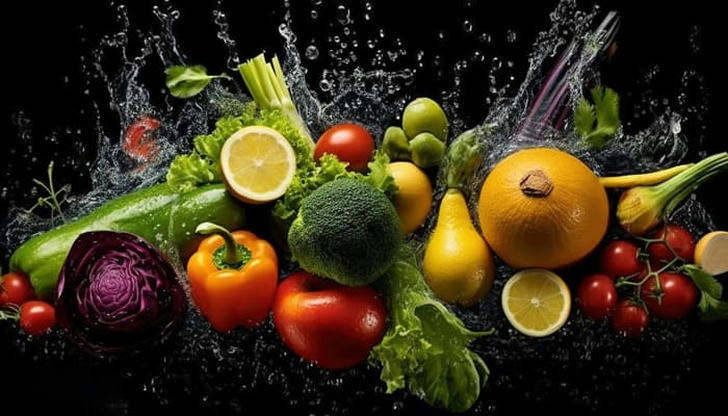
Most fruits lack cold hardiness and should be planted after the frost threat has passed. Heat-loving plants like tomatoes should be started indoors 8-12 weeks before the last frost date and transplanted outdoors only when daytime temperatures reliably exceed 60°F.
FAQs
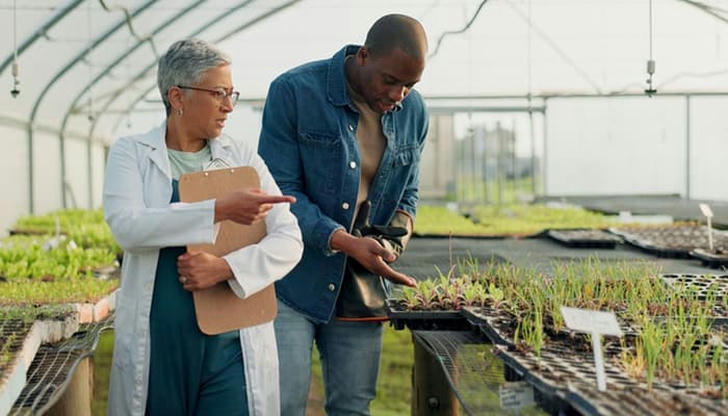
What is the first thing a gardener sets in a garden?
The first thing isn't a tool or plant, but a "plan" - defining goals, assessing site conditions, and creating a layout.
What are the key elements of a gardening plan?
Includes setting goals, assessing sunlight/soil, designing layout, plant selection, and outlining maintenance strategies.
What is the most common mistake of first-time gardeners?
Underestimating the time and effort required, leading to neglect and plant failure.
Sum Up
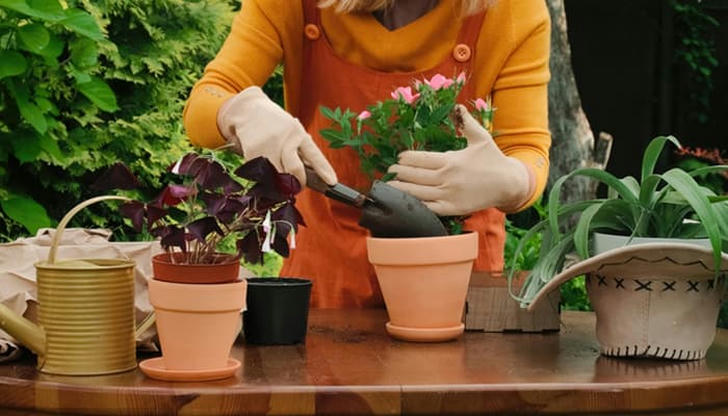
Proper planning allows you to align planting with ideal seasons, optimize growth, and ensure a fruitful harvest. Always protect plants from unexpected frosts, even after the last frost date has passed.
